Home>Articles>How To Store Canned Coconut Milk After Opening
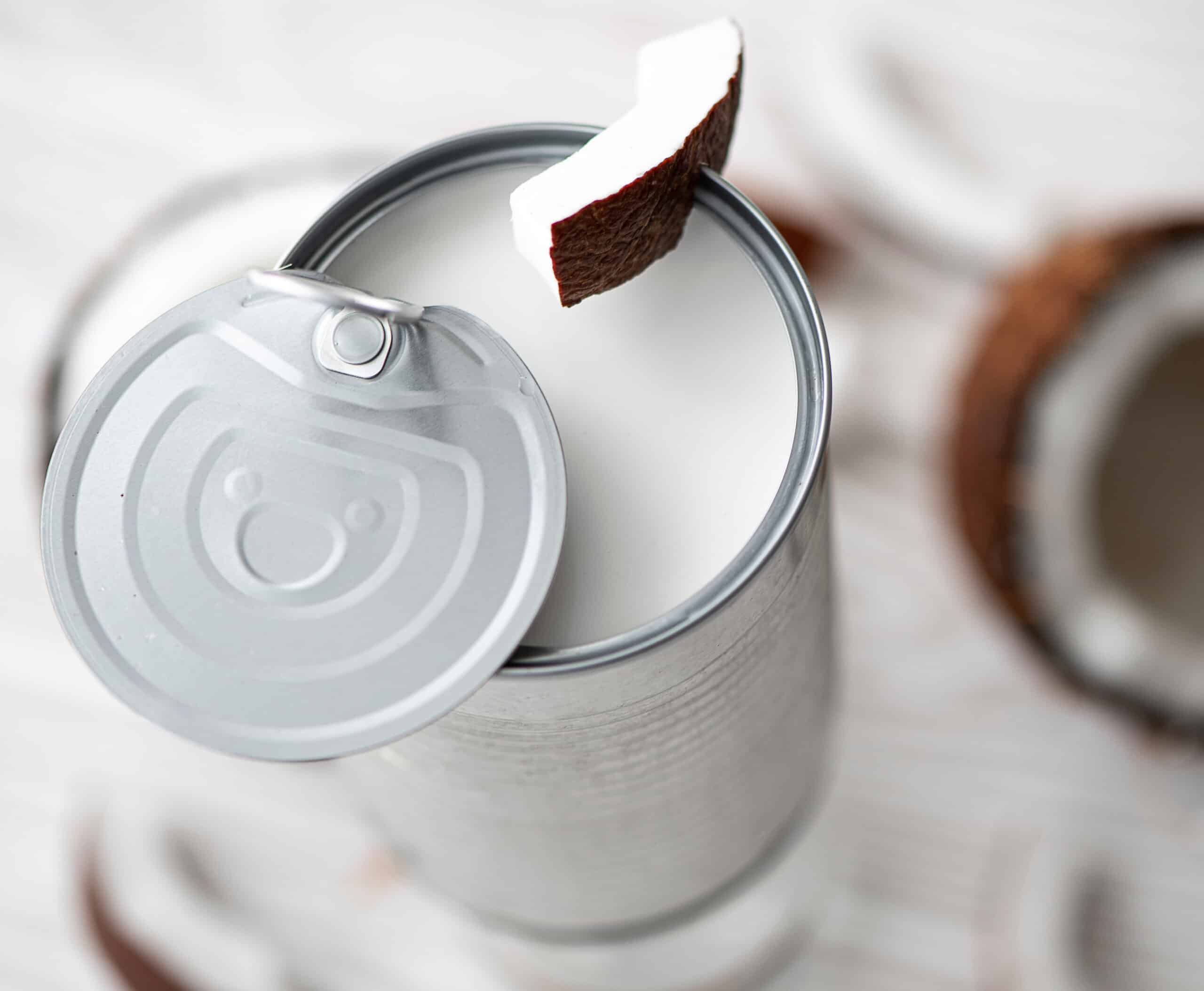

Articles
How To Store Canned Coconut Milk After Opening
Modified: February 22, 2024
Discover the best way to store articles of canned coconut milk after opening. Learn tips and tricks to keep it fresh and extend its shelf life.
(Many of the links in this article redirect to a specific reviewed product. Your purchase of these products through affiliate links helps to generate commission for Storables.com, at no extra cost. Learn more)
Introduction
Welcome to this comprehensive guide on how to store canned coconut milk after opening. Canned coconut milk is a versatile ingredient that is commonly used in various recipes, such as curries, smoothies, desserts, and more. Once you open a can of coconut milk, it’s essential to store it properly to maintain its quality and freshness.
Proper storage of canned coconut milk not only helps preserve its taste and texture but also ensures that it remains safe to consume. In this article, we will discuss the importance of proper storage for canned coconut milk, provide general guidelines for storing it, explain different storage methods like refrigeration and freezing, offer tips for maintaining its quality, and highlight potential risks and signs of spoilage.
Whether you’re a cooking enthusiast or simply enjoy the creamy goodness of coconut milk, understanding how to store it correctly will help you get the most out of your canned coconut milk and minimize waste.
Key Takeaways:
- Properly storing canned coconut milk after opening is crucial to maintain its freshness, texture, and safety. Whether refrigerating or freezing, following the recommended guidelines ensures a delightful coconut milk experience in your culinary creations.
- Be mindful of potential risks and signs of spoilage when using canned coconut milk. Pay attention to expiration dates, unusual appearances, off smells, mold growth, and unpleasant tastes to ensure safe and enjoyable culinary adventures.
Read more: How To Store Open Can Of Coconut Milk
Importance of Proper Storage for Canned Coconut Milk
Proper storage is crucial to maintain the quality and safety of canned coconut milk after opening. Here’s why it’s important:
- Preserves freshness: Canned coconut milk is typically free from preservatives, making it susceptible to spoilage. By storing it properly, you can extend its shelf life and enjoy its fresh taste for longer.
- Maintains texture: Coconut milk can separate over time, with the cream rising to the top and the liquid settling at the bottom. Correct storage techniques can help prevent this separation and maintain a creamy and smooth texture.
- Prevents bacterial growth: Bacteria can thrive in unrefrigerated or improperly stored coconut milk, leading to foodborne illnesses. By storing it correctly, you can minimize the risk of harmful bacteria growth and ensure your safety.
Whether you plan to use the remaining coconut milk within a day or preserve it for future use, following the appropriate storage methods will help you make the most of this delightful ingredient.
General Guidelines for Storing Canned Coconut Milk After Opening
When it comes to storing canned coconut milk after opening, there are some general guidelines you should follow:
- Transfer to an airtight container: After opening the can, it’s best to transfer the remaining coconut milk to a clean, airtight container. This helps maintain its freshness and prevents any unwanted flavors from seeping in.
- Label the container: To avoid confusion and ensure you use the coconut milk within the recommended timeframe, be sure to label the container with the date of opening.
- Store in the refrigerator: Coconut milk should be stored in the refrigerator at a temperature between 35°F (2°C) and 45°F (7°C). The cool temperature slows down the growth of bacteria and maintains the milk’s quality.
- Use within a few days: Once opened, coconut milk is best consumed within 2 to 4 days. Its freshness diminishes over time, so it’s ideal to use it as soon as possible for the best flavor and quality.
- Avoid cross-contamination: To prevent contamination and maintain food safety, keep the coconut milk away from other foods that may have strong odors. This will help preserve its original taste and aroma.
- Do not return unused portion to the can: It’s important to note that you should never store leftover coconut milk in the original can. The lining of the can may affect the quality and taste of the coconut milk and can also be unsafe for storage.
By following these general guidelines, you can ensure that your canned coconut milk remains fresh and safe for consumption, allowing you to enjoy its creamy goodness in a variety of dishes.
Refrigeration Method
One of the most common and effective methods of storing canned coconut milk after opening is refrigeration. Here’s how to do it:
- Transfer to an airtight container: As mentioned earlier, transfer the remaining coconut milk to a clean, airtight container.
- Seal the container tightly: Make sure the container is sealed tightly to prevent any air from entering. This will help maintain the quality and prevent any unwanted flavors from permeating the milk.
- Place in the refrigerator: Put the sealed container of coconut milk in the refrigerator. Ensure that the temperature is set between 35°F (2°C) and 45°F (7°C).
- Use within a few days: Refrigerated coconut milk should be used within 2 to 4 days for optimal freshness and taste. Make a note of the date of opening on the container to keep track of its shelf life.
- Check for signs of spoilage: Before using refrigerated coconut milk, always check for any signs of spoilage such as an off smell, unusual color, or texture. If you notice any abnormalities, it’s best to discard it to avoid any potential health risks.
Refrigeration helps to slow down the growth of bacteria and maintain the freshness of coconut milk. Keep in mind that refrigerated coconut milk may thicken slightly due to the cold temperature, but you can easily stir it before use to restore its creamy consistency.
Remember, for the best results, it’s important to consume refrigerated coconut milk within the recommended timeframe and handle it with proper food safety precautions.
Store opened canned coconut milk in an airtight container in the refrigerator for up to 4-6 days. Shake well before using.
Freezing Method
If you have a surplus of canned coconut milk or want to extend its shelf life beyond a few days, freezing is an excellent method for storage. Follow these steps to freeze canned coconut milk:
- Transfer to a freezer-safe container: Pour the remaining coconut milk into a freezer-safe container. Make sure to leave some room at the top as the liquid may expand when frozen.
- Seal the container tightly: Ensure that the container is sealed tightly to prevent air from entering and freezer burn from occurring.
- Label the container: Write the date of freezing on the container label, as well as the quantity of coconut milk stored. This information will help you keep track of its freshness and assist with portioning when needed.
- Place in the freezer: Put the container in the coldest part of your freezer, maintaining a temperature of 0°F (-18°C) or below.
- Thawing and using frozen coconut milk: When you need to use the frozen coconut milk, transfer it to the refrigerator and allow it to thaw overnight. Avoid thawing it at room temperature, as this can lead to bacterial growth. Once thawed, give it a good shake or stir to recombine any separated layers before using it in your recipes.
- Use within 2-3 months: Frozen coconut milk can be stored for up to 2-3 months without a significant loss in quality. However, the longer it remains frozen, the more likely its texture and flavor may be affected.
Freezing canned coconut milk is an excellent way to prevent waste and have a readily available supply for future use. It’s worth noting that the texture of frozen and thawed coconut milk may change slightly, becoming slightly grainy or separating. However, this is purely a texture issue and does not affect its usability or taste in most recipes.
By properly freezing and thawing canned coconut milk, you can enjoy its tropical goodness even months after its initial opening.
Read more: How To Store Canned Coconut Milk
Tips for Maintaining Quality and Freshness
To ensure the quality and freshness of your canned coconut milk, consider the following tips:
- Rotate stock: If you frequently use canned coconut milk, it’s a good practice to rotate your stock. Use the oldest cans first to prevent any from expiring or losing quality.
- Keep it in a cool, dark place: Before opening, store your canned coconut milk in a cool, dark place away from direct sunlight and heat sources. This can help maintain its freshness and extend its shelf life.
- Avoid metal containers: When transferring leftover coconut milk to another container, choose options made from glass, plastic, or food-grade silicone. Metal containers can react with the acidic nature of coconut milk and affect its flavor.
- Prevent contamination: Always use clean utensils when scooping or pouring coconut milk. Avoid directly touching the milk with your hands to prevent introducing bacteria or contaminants.
- Only take out what you need: When using canned coconut milk, only take out the amount needed for your recipe. This reduces the chance of the unused portion being exposed to air and contaminants.
- Blend or mix well: Before using refrigerated or frozen coconut milk, give it a thorough blend or mix to recombine any separated layers. This will ensure a consistent texture and taste in your dishes.
- Store opened cans properly: If you have any remaining coconut milk in the opened can, transfer it to a separate airtight container rather than storing it in the can itself. This prevents the metallic taste that can occur when storing acidic foods in cans.
By following these tips, you can maximize the quality and freshness of your canned coconut milk, enjoying its delightful flavor in your culinary creations.
Potential Risks and Signs of Spoilage
While properly stored canned coconut milk can remain safe and delicious for a significant amount of time, it’s important to be aware of potential risks and signs of spoilage. Here are some things to watch out for:
- Expired cans: Always check the expiration date on the can before using coconut milk. Consuming expired products can lead to foodborne illnesses.
- Unusual appearance: If you notice any changes in the color or texture of the coconut milk, such as discoloration, clumps, or separation that cannot be easily recombined, it may be a sign of spoilage. Discard it if you suspect any abnormalities.
- Off smell: Spoiled coconut milk may have a sour, rancid, or unpleasant odor. If it smells unusual or foul, it’s best to err on the side of caution and avoid using it.
- Mold or growth: Any signs of mold, growth, or visible contaminants in the coconut milk indicate spoilage. Never consume coconut milk with visible signs of mold or other unwanted substances.
- Unpleasant taste: If the coconut milk tastes off, sour, or different from its usual flavor, it may be an indication of spoilage. Trust your senses, and discard it if it doesn’t taste right.
- Swollen, dented, or damaged cans: Before opening a can of coconut milk, inspect it for any signs of damage, such as swelling, dents, or leaks. If the can appears compromised, do not use the coconut milk as it may be contaminated.
It’s important to note that consuming spoiled or contaminated coconut milk can cause foodborne illnesses, including stomachaches, nausea, vomiting, diarrhea, and more serious health issues. When in doubt, always prioritize your health and dispose of any suspicious coconut milk.
By being vigilant and attentive to these potential risks and signs of spoilage, you can ensure that the coconut milk you use is fresh, safe, and enjoyable.
Conclusion
Properly storing canned coconut milk after opening is essential to maintain its quality, flavor, and safety. Whether you choose to refrigerate or freeze the remaining coconut milk, following the recommended guidelines will help you make the most of this versatile ingredient.
By transferring the coconut milk to an airtight container, labeling it with the date of opening, and storing it in the refrigerator, you can ensure its freshness for up to a few days. When using the refrigeration method, remember to use it within the recommended timeframe and check for signs of spoilage before consumption.
For longer storage, freezing canned coconut milk is a great option. Properly sealed and labeled containers can be stored in the freezer for up to a few months. Just remember to thaw it safely in the refrigerator and give it a good stir or shake before using it in your recipes.
To maintain the quality and freshness of canned coconut milk, rotate your stock, store it in a cool, dark place, avoid metal containers, prevent contamination, and only take out what you need. By following these tips, you can ensure a delightful coconut milk experience in your culinary creations.
Lastly, it’s crucial to be aware of potential risks and signs of spoilage in coconut milk. Pay attention to expiration dates, look out for unusual appearances, off smells, mold growth, and unpleasant tastes. When in doubt, discard the coconut milk to prevent any potential health risks.
By implementing these storage practices and being mindful of signs of spoilage, you can safely enjoy the creamy goodness of canned coconut milk in a variety of recipes. So, go ahead, stock up on your favorite brand, and savor the tropical flavor it adds to your culinary adventures!
Frequently Asked Questions about How To Store Canned Coconut Milk After Opening
Was this page helpful?
At Storables.com, we guarantee accurate and reliable information. Our content, validated by Expert Board Contributors, is crafted following stringent Editorial Policies. We're committed to providing you with well-researched, expert-backed insights for all your informational needs.
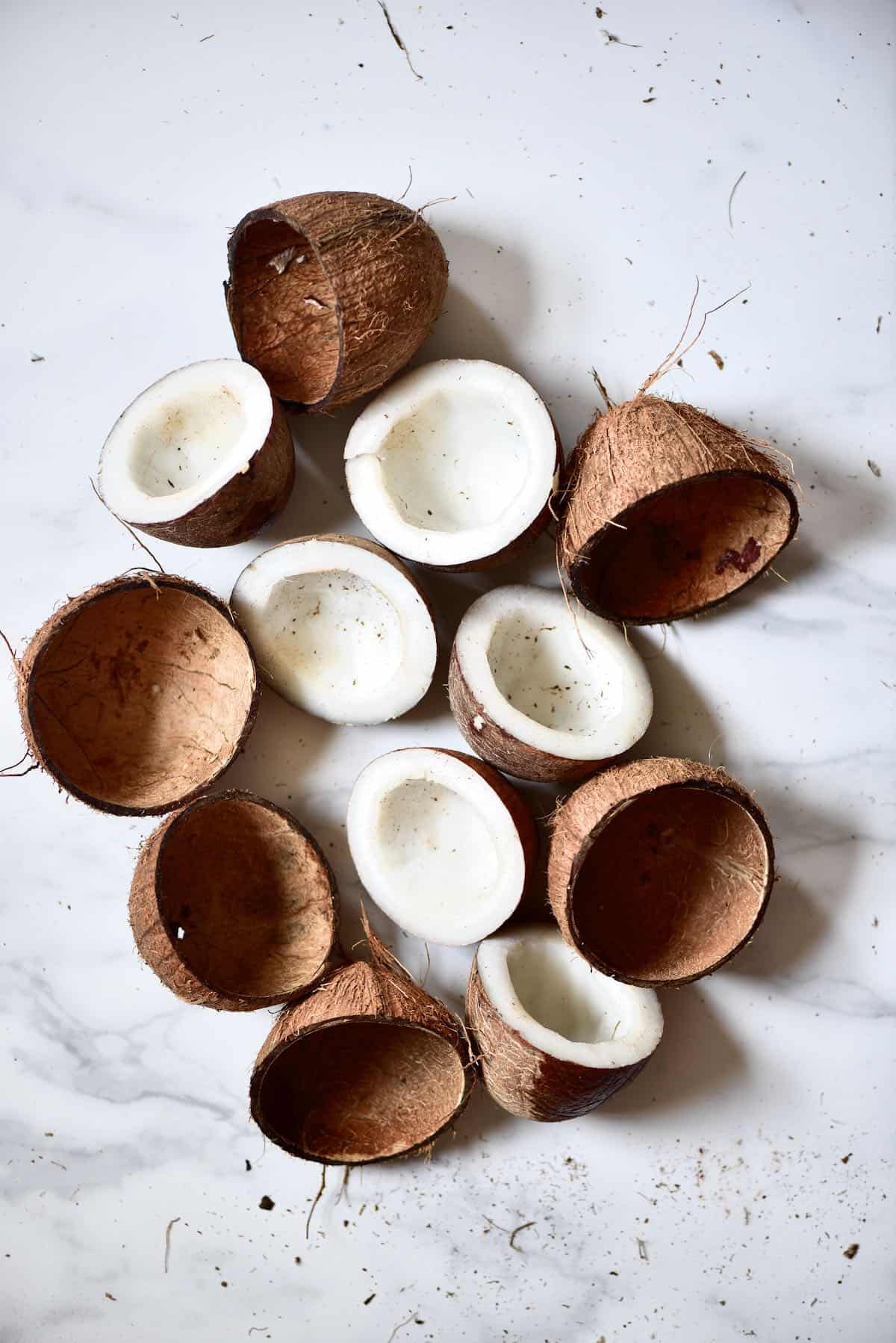
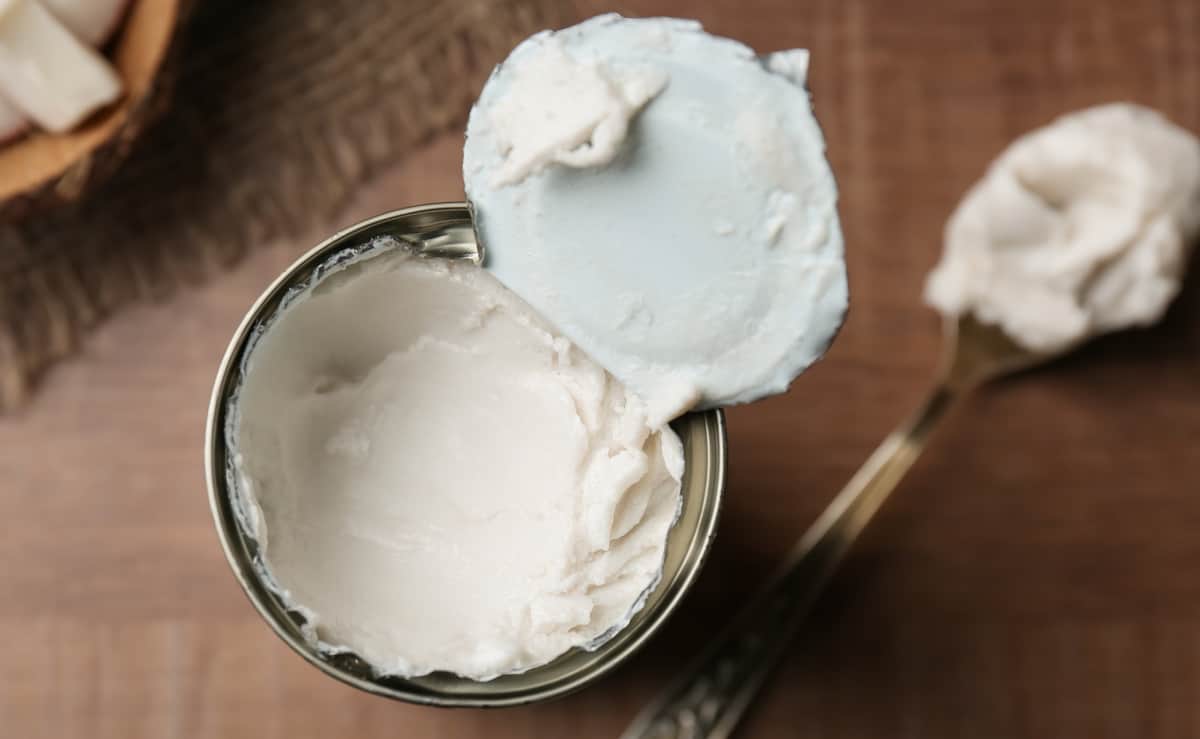
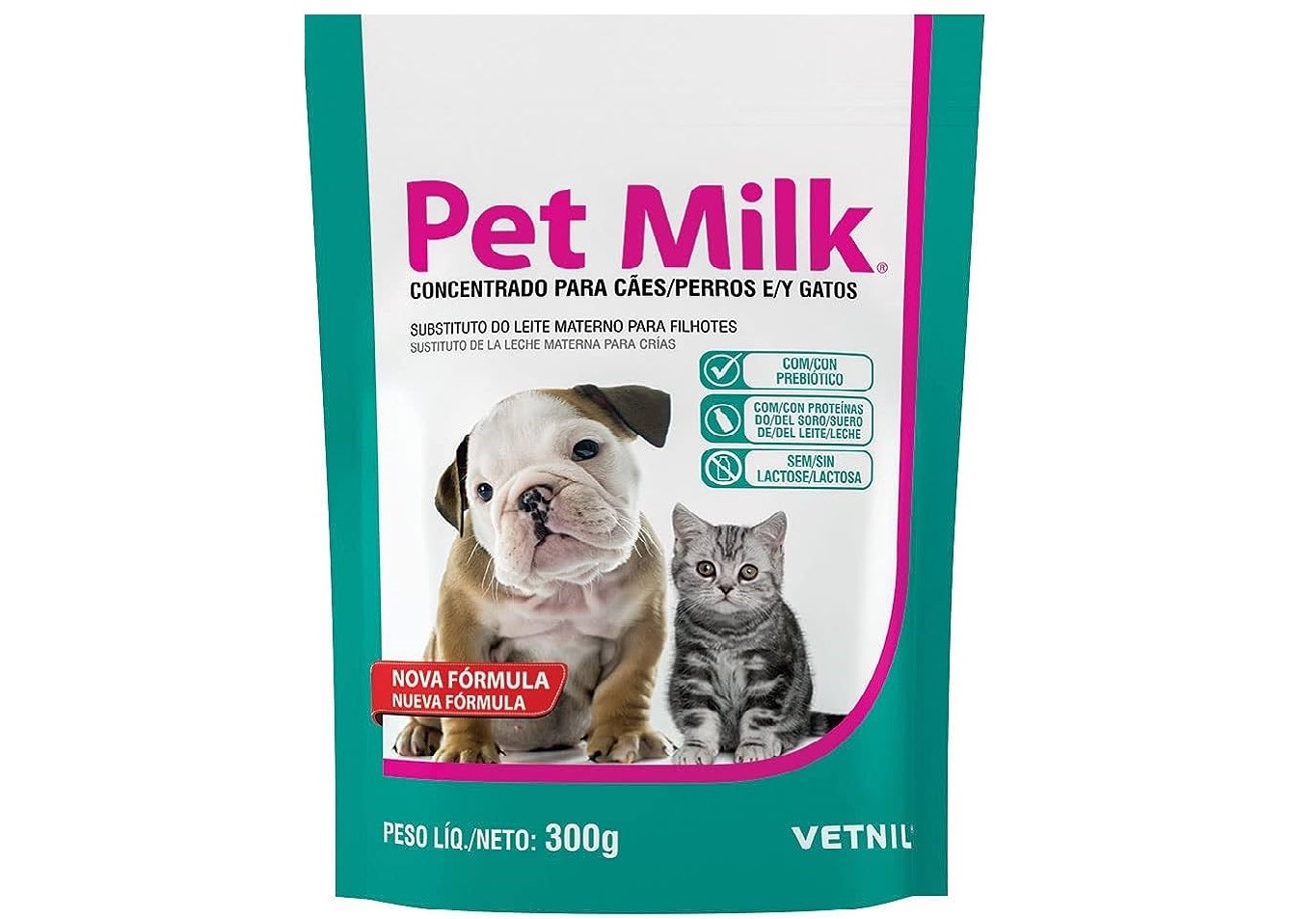
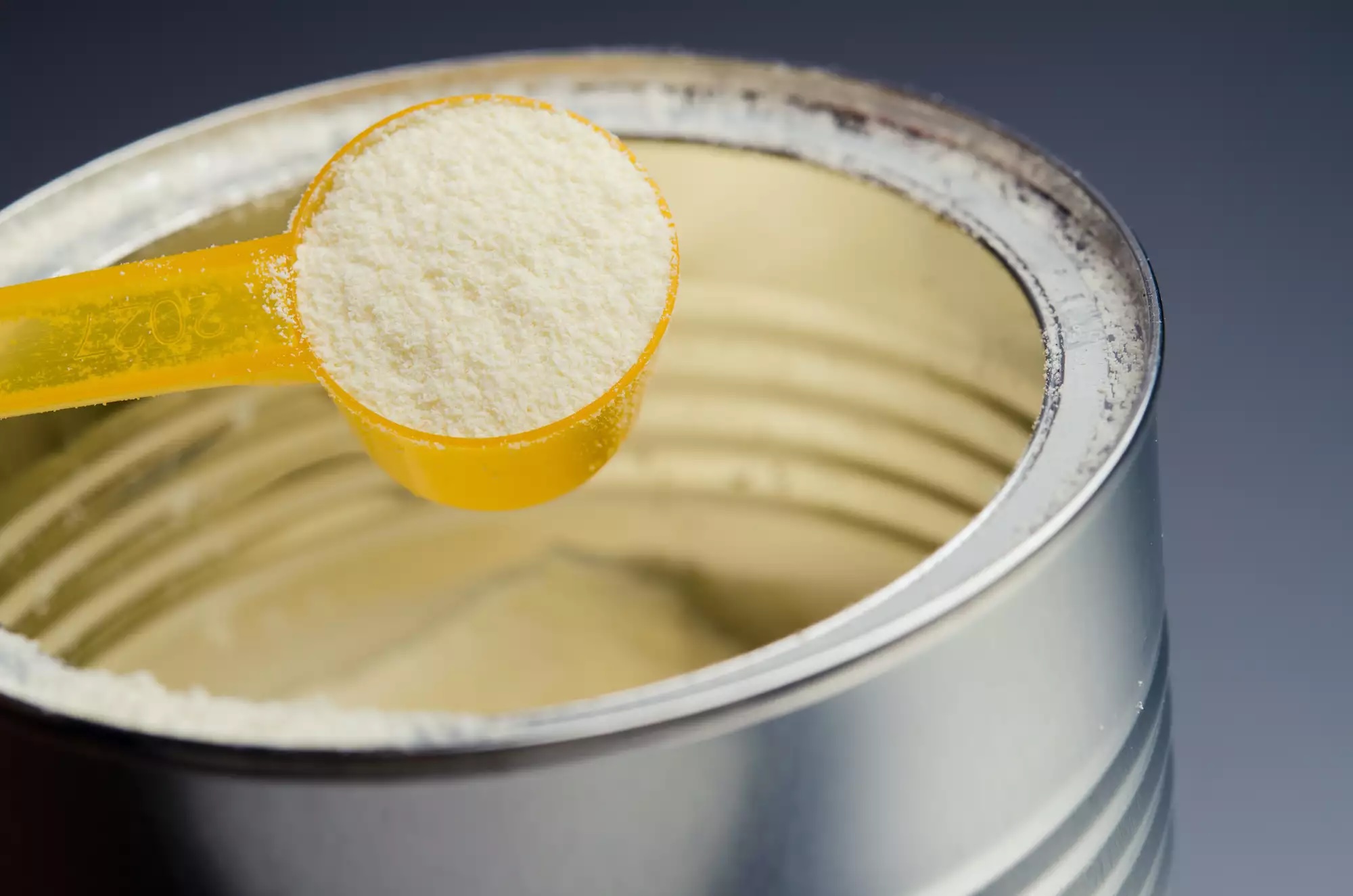
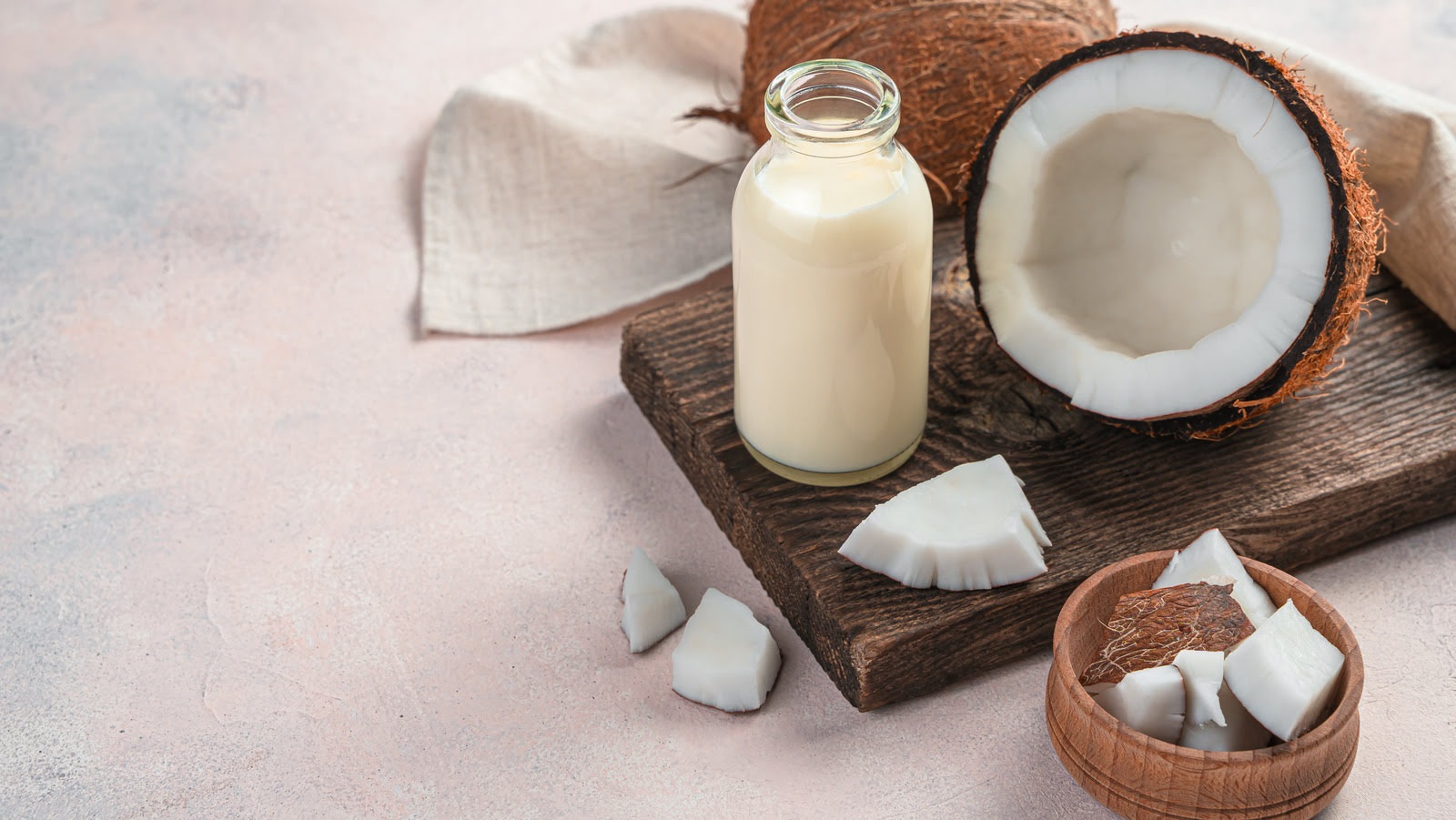
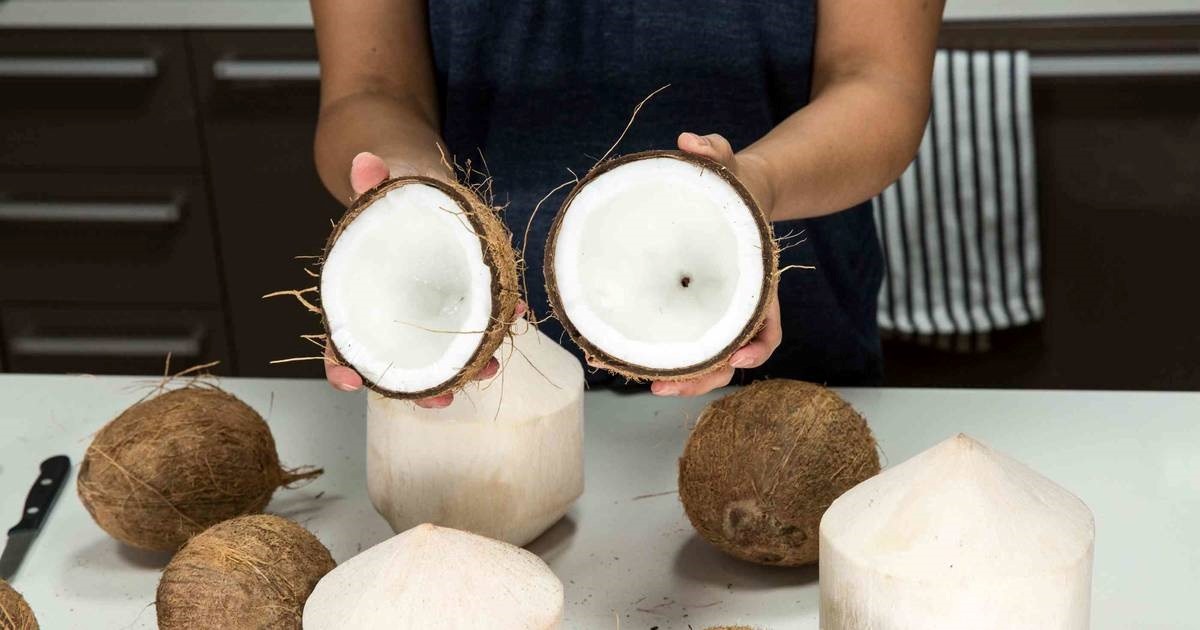


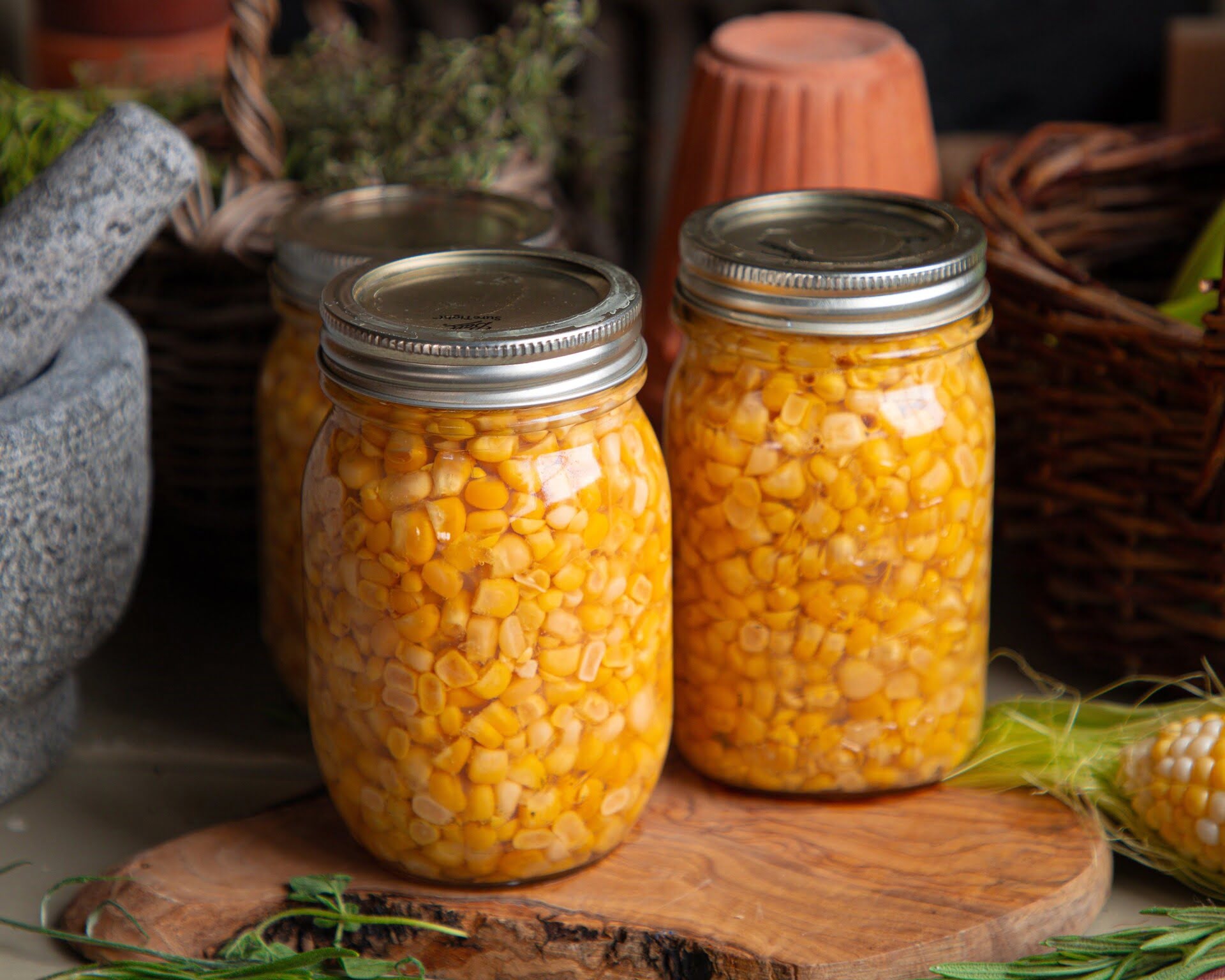
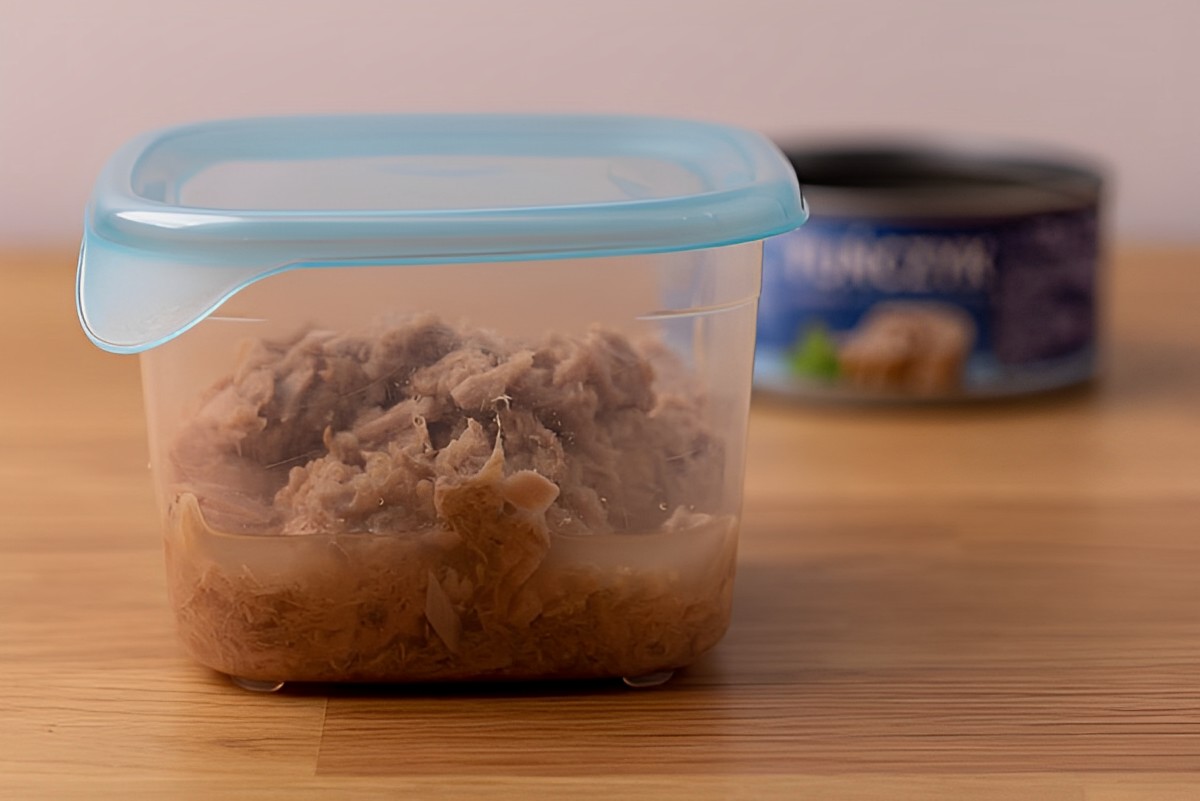

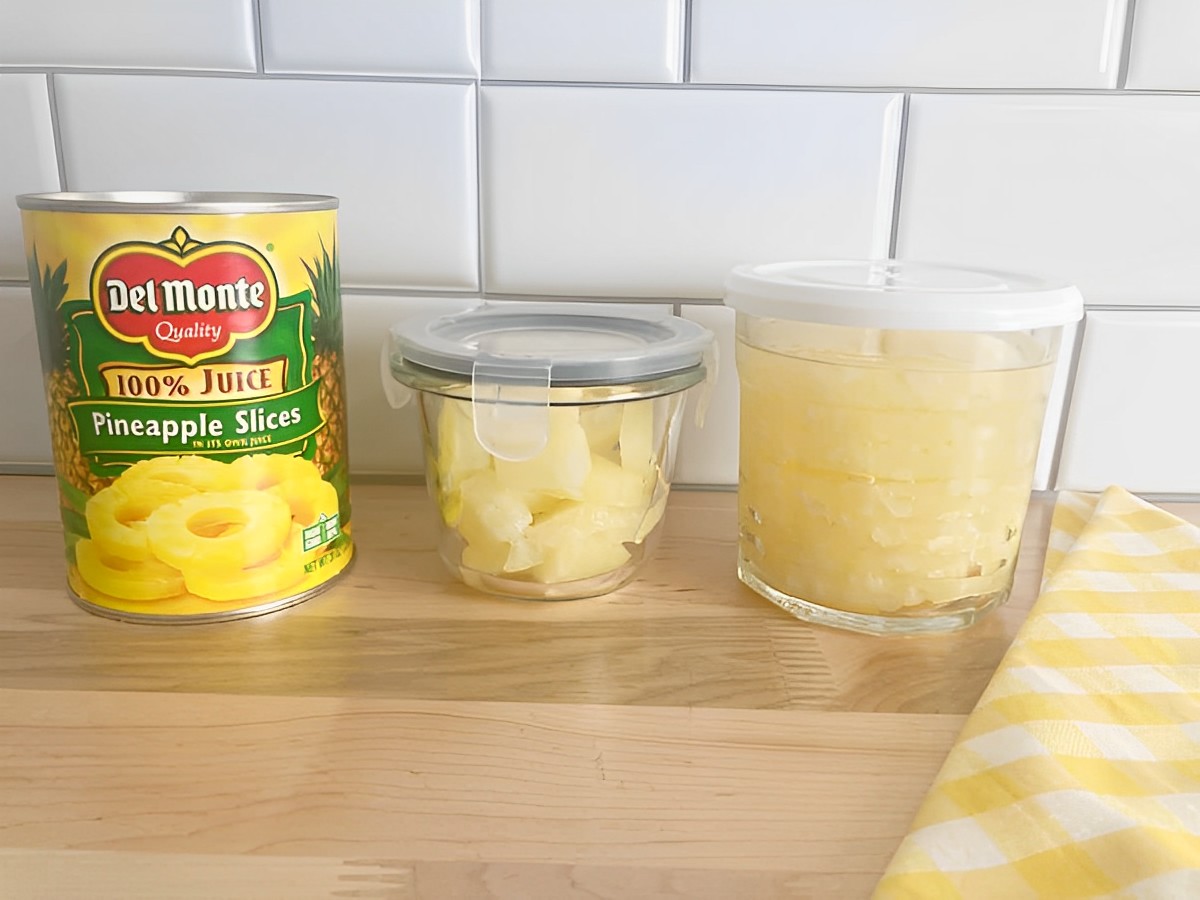

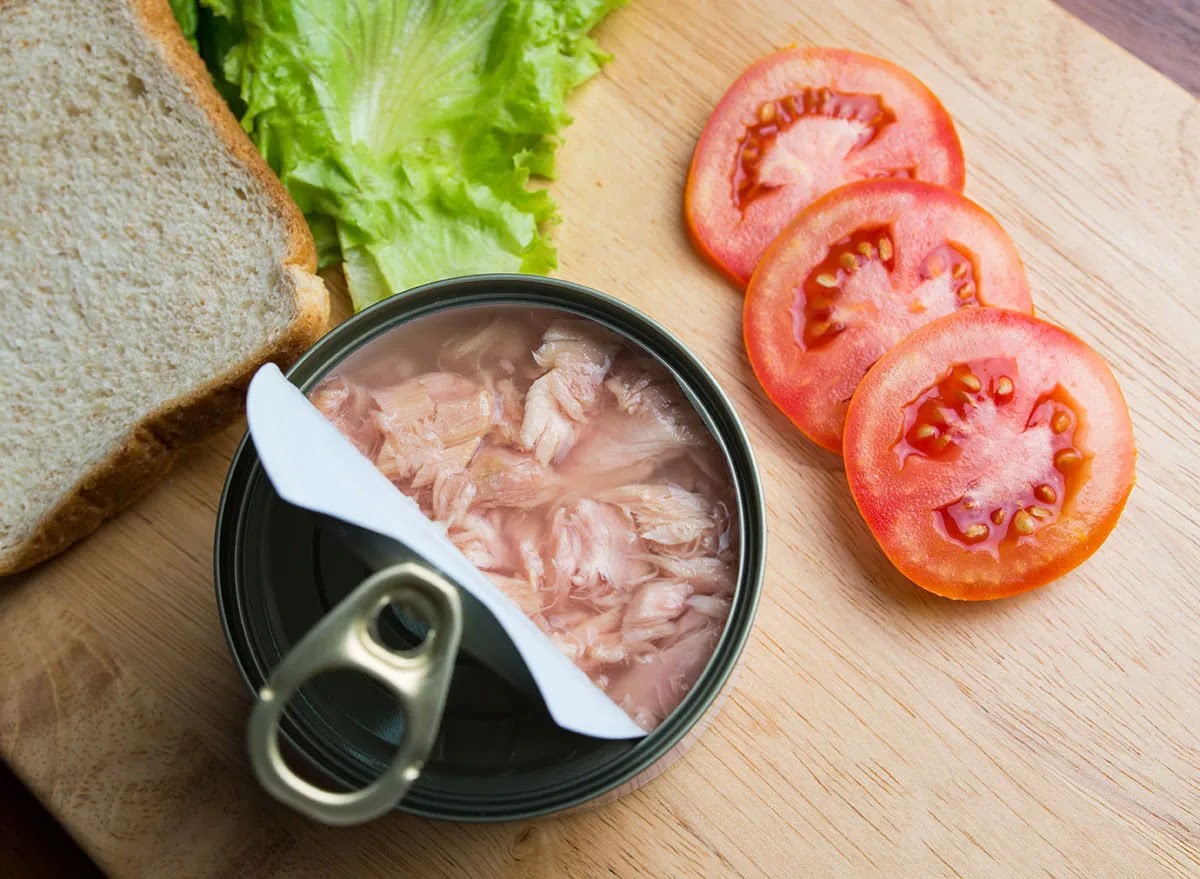

0 thoughts on “How To Store Canned Coconut Milk After Opening”